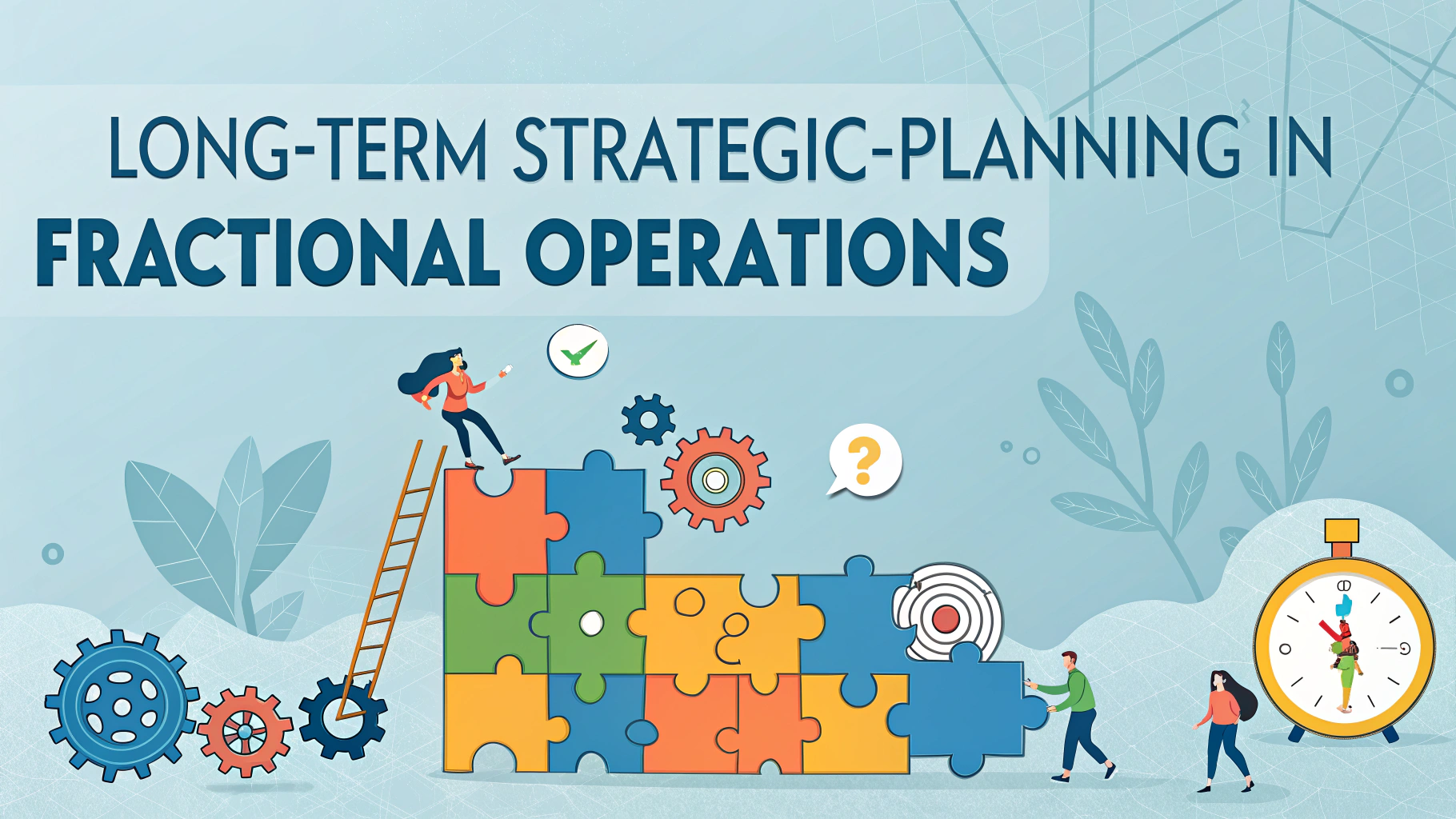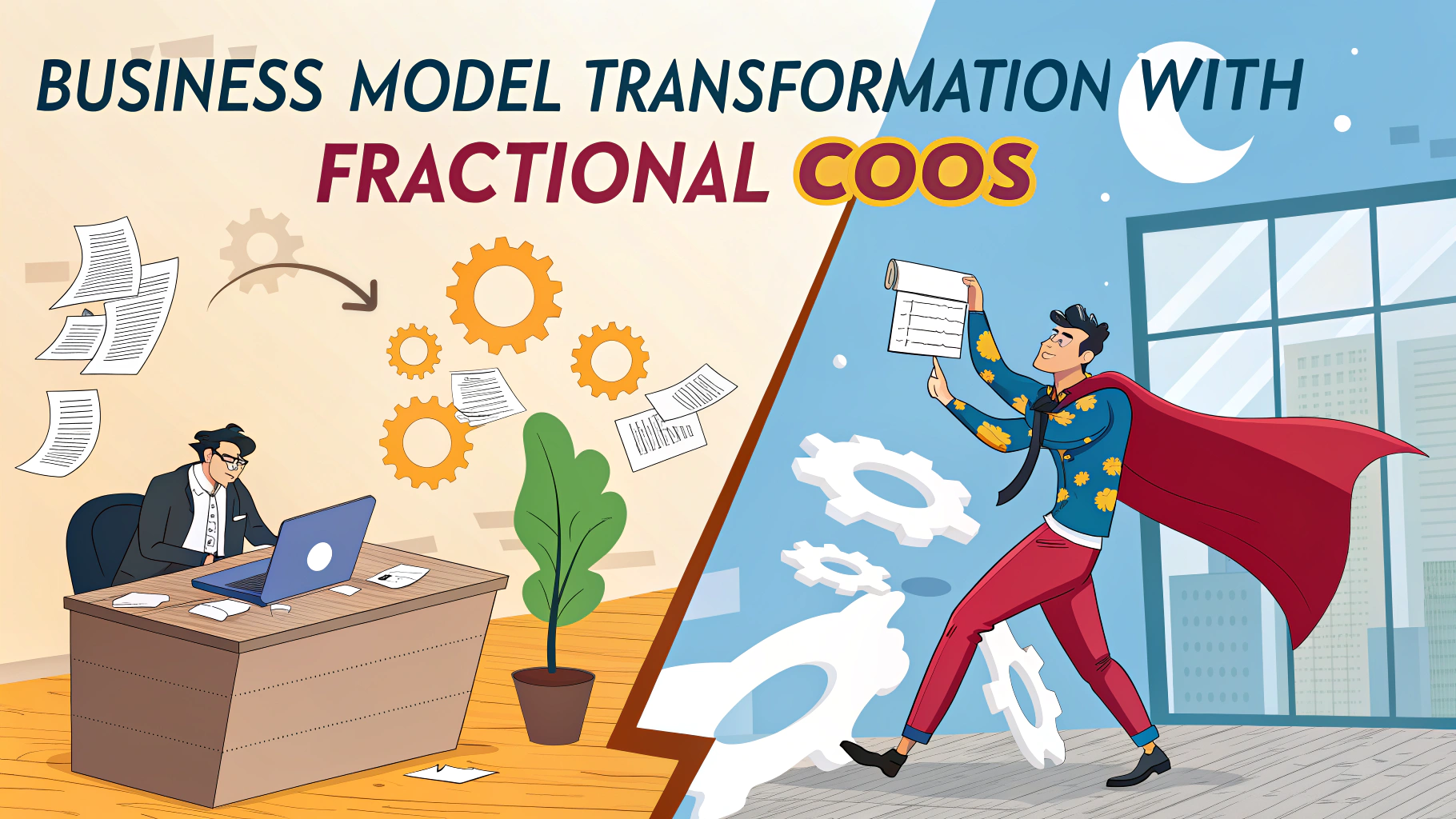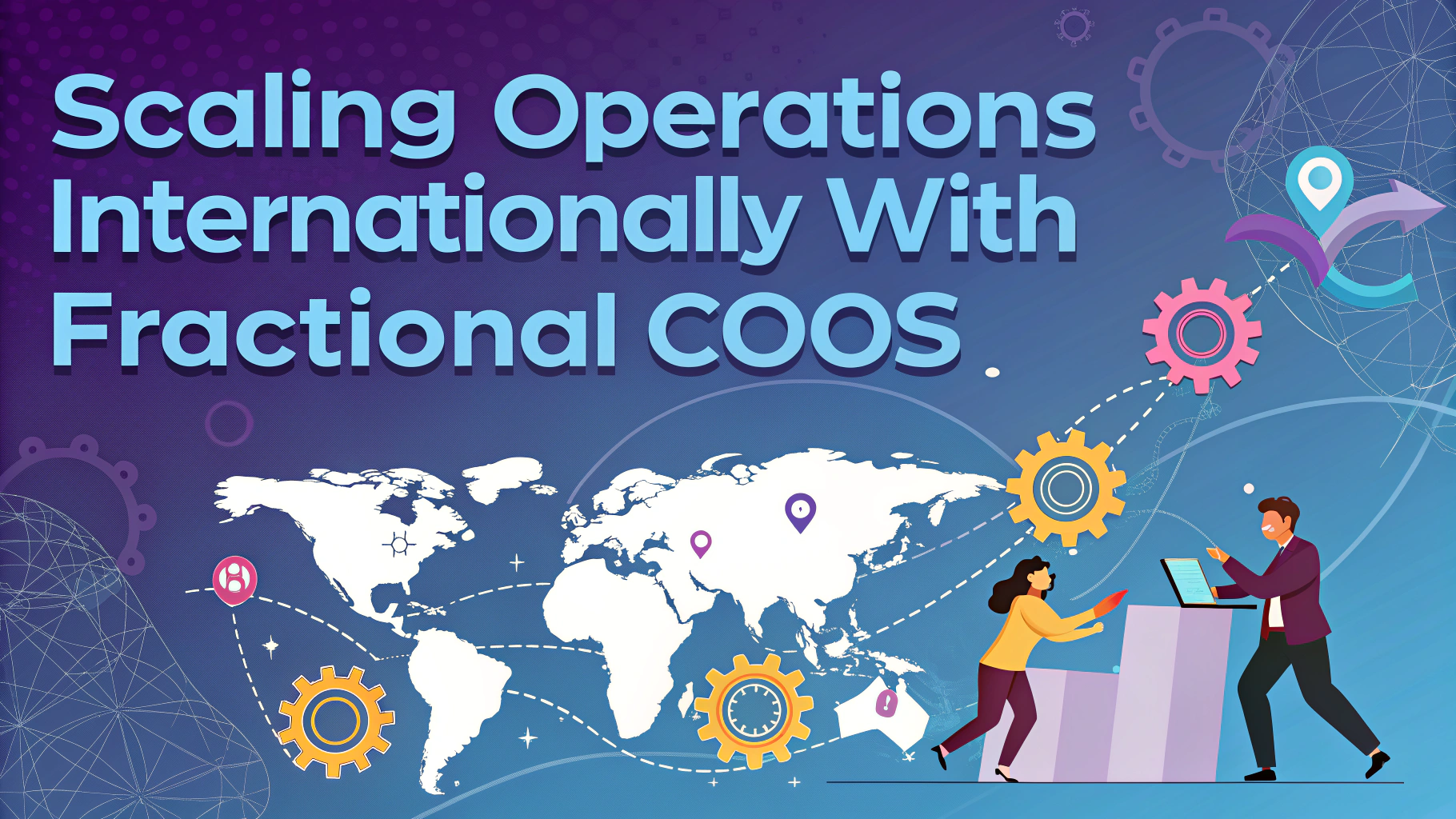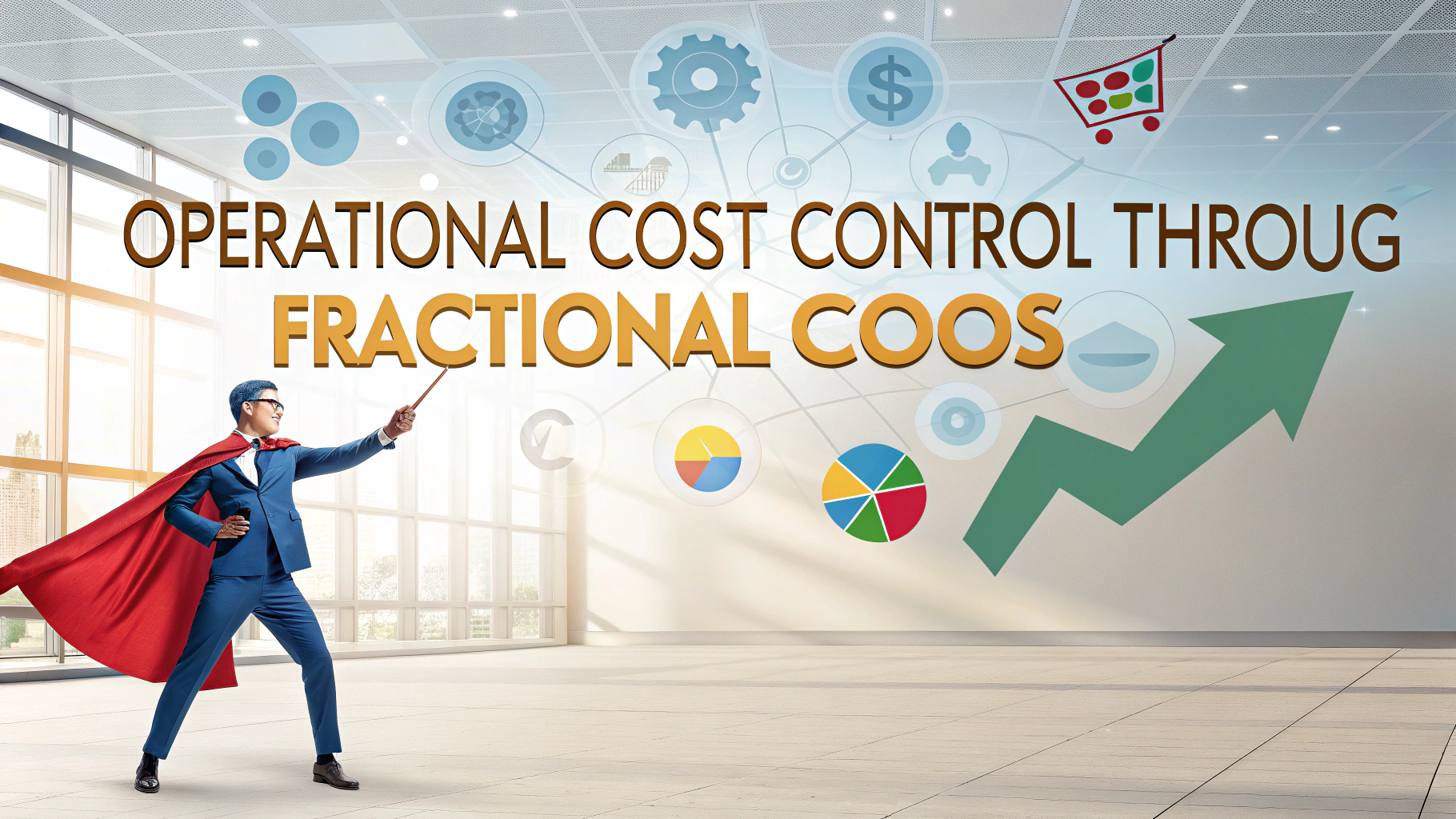The roles of Chief Executive Officer (CEO), President, and Chief Operating Officer (COO) have distinct responsibilities and hierarchies within corporate structures.
Understanding these executive positions helps clarify organizational leadership and decision-making processes.
Each role carries specific duties that contribute to a company’s strategic direction and operational success.
Key Differences Between CEO, President, and COO
- CEO: Highest-ranking executive responsible for major corporate decisions and overall company vision
- President: Often focuses on internal administration and implements strategies set by the CEO
- COO: Oversees daily operations and reports to the CEO
CEO Role and Responsibilities
- Makes final strategic decisions
- Reports to the Board of Directors
- Sets company vision and direction
- Manages external relationships with investors and stakeholders
- Ultimate accountability for company performance
President Role and Responsibilities
- Implements CEO’s strategic vision
- Manages internal operations
- Coordinates between departments
- Sometimes combines role with CEO (President & CEO)
- Reports to CEO when roles are separate
COO Role and Responsibilities
- Supervises day-to-day business operations
- Manages operational efficiency
- Develops operational policies
- Reports directly to CEO
- Often considered second-in-command
Organizational Structure Examples
| Structure Type | Reporting Hierarchy |
|---|---|
| Traditional | Board → CEO → President → COO |
| Combined Roles | Board → CEO/President → COO |
| Flat Structure | Board → CEO → COO & President (equal level) |
When Roles Overlap
Some organizations combine the CEO and President positions into a single role.
Smaller companies might have a CEO handling both strategic and operational duties without a COO.
The President and COO roles sometimes merge in mid-sized organizations.
Making the Right Choice for Your Organization
- Consider company size and complexity
- Evaluate organizational needs
- Assess industry standards
- Review regulatory requirements
- Plan for growth and succession
Next Steps in Corporate Leadership
Organizations should regularly review their executive structure to ensure it matches their current needs and growth stage.
Clear role definitions and reporting relationships help prevent confusion and improve organizational efficiency.
Document responsibilities and authority levels for each executive position to maintain clear accountability.
Executive Development and Succession Planning
- Identify potential leaders within organization
- Provide leadership training opportunities
- Create mentorship programs
- Establish clear career progression paths
- Document succession plans for key positions
Compensation and Performance Metrics
- Align executive pay with company goals
- Set measurable performance indicators
- Implement balanced scorecard approach
- Review industry compensation standards
- Design appropriate incentive structures
Governance and Compliance
- Ensure regulatory compliance
- Maintain transparent reporting structures
- Establish clear decision-making protocols
- Define authority limitations
- Create accountability frameworks
Strengthening Corporate Leadership Structure
Effective executive leadership requires clear role definition, strategic alignment, and strong communication channels between positions.
Regular assessment and adjustment of executive structures ensures organizational effectiveness as companies evolve.
Success depends on choosing the right leadership model that aligns with company culture, size, and strategic objectives.
FAQs
- What is the main difference between a CEO and a President?
While both are senior executive positions, a CEO typically holds the highest position in a company and is responsible for major corporate decisions and overall strategy. A President often reports to the CEO and focuses more on day-to-day operations and implementing the CEO’s vision. - How does a Chief Operating Officer (COO) differ from a CEO and President?
A COO is primarily responsible for overseeing daily business operations, while CEOs focus on high-level strategy and company vision. Presidents can have varying roles but often serve as either the CEO’s second-in-command or as the COO. - Can one person hold multiple positions like CEO and President?
Yes, it’s common in some organizations for one person to hold both CEO and President titles. This is particularly prevalent in smaller companies or when streamlining the executive structure. - Which position has more authority: CEO or President?
In most corporate structures, the CEO has the highest authority. However, in some organizations, especially those with both positions, the President may have equal authority or report to the CEO, depending on the company’s governance structure. - What is the typical reporting structure between these positions?
Typically, the COO reports to the CEO. When separate, the President usually reports to the CEO or, in some cases, directly to the Board of Directors. The CEO reports to the Board of Directors. - How do the responsibilities of these positions vary by company size?
In smaller companies, these roles often overlap or are combined. Larger organizations tend to have more distinct separations between these positions, with clearer divisions of responsibilities and specialized focus areas. - What are the key responsibilities of a CEO that differ from a President or COO?
CEOs primarily focus on external matters like investor relations, board management, and overall corporate strategy. Presidents and COOs typically concentrate on internal operations, execution of strategy, and organizational effectiveness. - Do all companies need to have all three positions?
No, companies can operate effectively without having all three positions. The organizational structure depends on factors like company size, industry, business model, and strategic needs. - What is the typical career progression between these positions?
Many executives progress from COO to President or from President to CEO. However, the path can vary, and some executives may be hired directly into CEO positions from external companies. - How do these positions interact with the Board of Directors?
The CEO typically has the most direct interaction with the Board of Directors. Presidents and COOs may interact with the board but usually to a lesser extent and often through or alongside the CEO.







